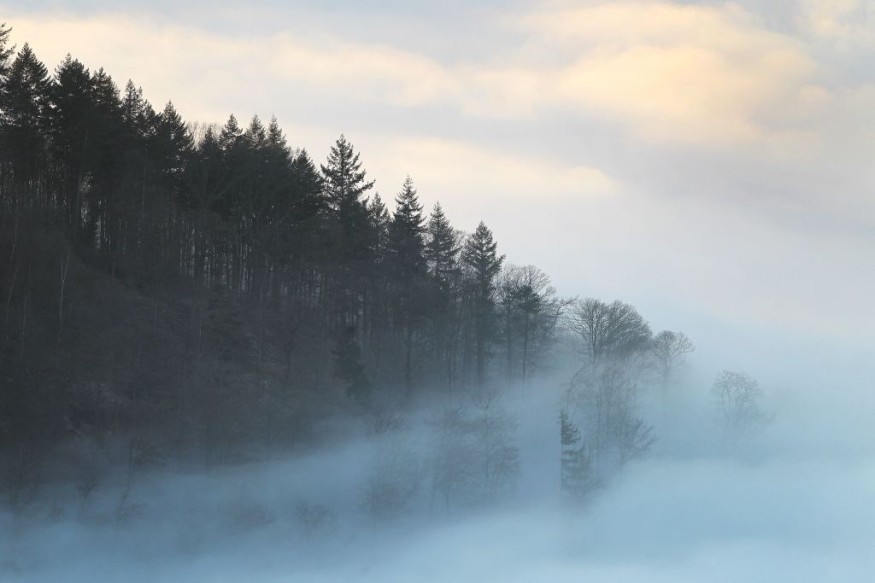Contrary to conventional knowledge that forests produce more clouds, a new study finds that smaller forests generally cause more cloud formation in temperate and boreal regions, and not so much in tropical regions, including the Amazon. The study's researchers used 17 years' worth of high-resolution data from two different satellites.
Amount of Cloud Formation is Different per Regions

According to the researchers, "We find enhanced clouds over most temperate and boreal forests but inhibited clouds over Amazon, Central Africa, and Southeast US," as per the new study published in the journal Nature Communications on February 3.
Most previous research had focused only on the impact of large-scale deforestation, forest fires, forest restoration, and droughts on the carbon storage and release from forest ecosystems, as per Phys.org, adding other effects were less often explored such as climate, weather, and water cycles.
The new study showed that smaller forest areas affect cloud formation differently in temperate and tropical regions. The study's satellite data showed there are more cloud formations over forest areas with lesser evaporation processes but increased atmospheric heating.
Meanwhile, satellite data observed there are fewer cloud formations over forest areas with great evaporation occurrence and lesser atmospheric heat. In a summary, the energy amount not used for evaporation but for heating up the atmosphere is the driving force behind cloud formation, as per Phys.org.
Boreal, Temperate, and Tropical Regions
In the past, there has been no direct research attributing cloud formation to the boreal, temperate, and tropical regions. This challenge is likely due to the limited satellite technology.
The findings highlighted by Teuling and the other researchers' study indicate there is a correlation between climate temperature, forests, and region to the formation of clouds. Instead of generalizing those forests can always produce significant cloud formation, the said variables should be taken into account.
In the boreal regions, there is a vast area of coniferous forests and lakes circling the northern hemisphere-with an area covering some parts of Europe, as per the European Commission.
Temperate regions are places where there are four seasons-characterized by a moderate rainfall and moderate mean annual temperatures across the year, as per research published in the journal Urban Forestry & Urban Greening.
The study shows atmospheric heating is more significant over forests in temperate regions.
Tropical regions or tropics are places that lie at the center of the globe-between the latitude lines of the Tropic of Cancer and the Tropic of Capricorn, as per National Geographic. Tropics includes locations along the Equator and parts of North America, South America, Africa, Asia, and Australia.
The study explained that cloud formation in the tropics occurs more in deforested land rather than forested areas since heating is more significant in deforested land.
Ryan Teuling, a co-author of the study and associate professor at Wageningen University & Research, stated "This was surprising because it conflicts with the persistent idea that tropical forests create their own clouds and even rainfall."
Related article : Climate Change: Killing Cloud-Side Forests
© 2025 NatureWorldNews.com All rights reserved. Do not reproduce without permission.





